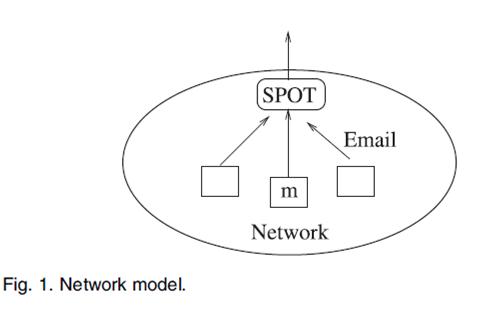A
Survey of XML Tree Patterns
ABSTRACT:
With XML becoming a ubiquitous language
for data interoperability purposes in various domains, efficiently querying XML
data is a critical issue. This has lead to the design of algebraic frameworks
based on tree-shaped patterns akin to the tree-structured data model of XML.
Tree patterns are graphic representations of queries over data trees. They are
actually matched against an input data tree to answer a query. Since the turn
of the 21st century, an astounding research effort has been focusing on tree
pattern models and matching optimization (a primordial issue). This paper is a
comprehensive survey of these topics, in which we outline and compare the
various features of tree patterns. We also review and discuss the two main
families of approaches for optimizing tree pattern matching, namely pattern
tree minimization and holistic matching. We finally present actual tree
pattern-based developments, to provide a global overview of this significant
research topic.
EXISTING SYSTEM:
The first XML algebras have appeared in 1999 in conjunction
with efforts aiming to define a powerful XML query language. Note that they have
appeared before the first specification of XQuery, the now standard XML query
language, which was issued in 2001. The aim of an XML tree algebra is to
feature a set of operators to manipulate and query data trees. Query results are
also data trees.
The Tree Algebra for XML is one of the most popular XML
algebras. TAX’s TP preserves PC and AD relationships from an input ordered data
tree in output, and satisfies a formula that is a Boolean combination of
predicates applicable to nodes.
DISADVANTAGES
OF EXISTING SYSTEM:
Efficiently evaluating path expressions in a
tree-structured data model such as XML’s is crucial for the overall performance
of any query engine. Initial efforts that mapped XML documents into relational
databases queried with SQL induced costly table joins.
PROPOSED SYSTEM:
The aim of this paper is thus to provide a global
and synthetic overview of more than 10 years of research about TPs and closely
related issues. For this sake, we first formally define TPs and related
concepts. Then, we present and discuss various alternative TP structures. Since
the efficiency of TP matching against treestructured data is central in TP
usage, we review the two main families of TP matching optimization methods (namely,
TP minimization and holistic matching approaches), as well as tangential but
nonetheless interesting methods. Finally, we briefly illustrate the use of TPs
through actual TP-based developments
ADVANTAGES
OF PROPOSED SYSTEM:
ü Matching
power.
ü Node
reordering capability.
ü Expressiveness.
ü Supported
optimizations.
ARCHITECTURE:
SYSTEM REQUIREMENTS:
HARDWARE REQUIREMENTS:
·
System : Pentium IV 2.4 GHz.
·
Hard Disk : 40 GB.
·
Monitor :
15 inch VGA Colour.
·
Mouse :
Logitech Mouse.
·
Ram : 512 MB
·
Keyboard :
Standard Keyboard
SOFTWARE REQUIREMENTS:
·
Operating System : Windows XP.
·
Coding Language : ASP.NET, C#.Net.
·
Database :
SQL Server 2005
REFERENCE:
Marouane Hachicha and Je´ roˆme Darmont,
“A Survey of XML Tree Patterns”, IEEE
TRANSACTIONS ON KNOWLEDGE AND DATA ENGINEERING, VOL. 25, NO. 1, JANUARY 2013.





